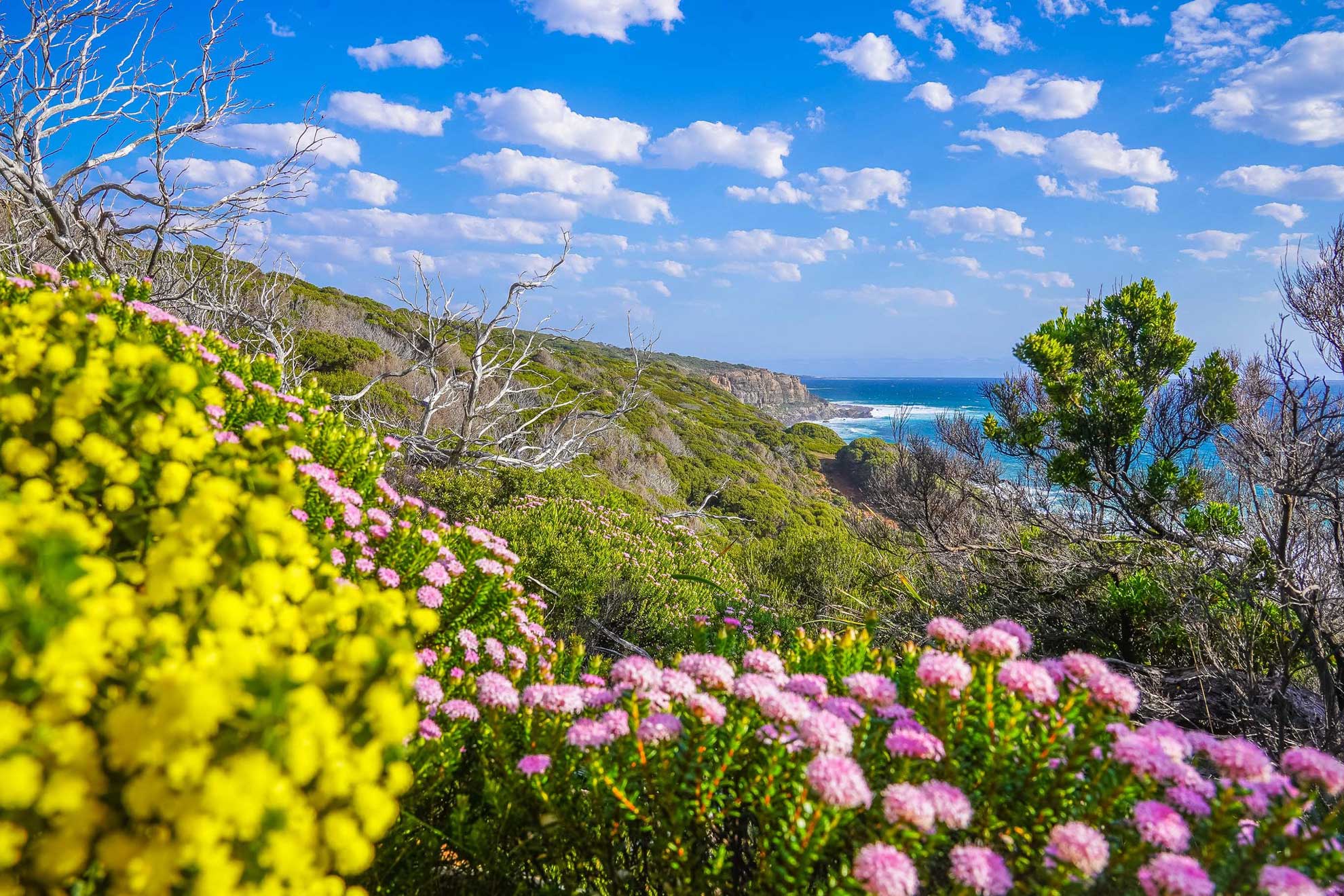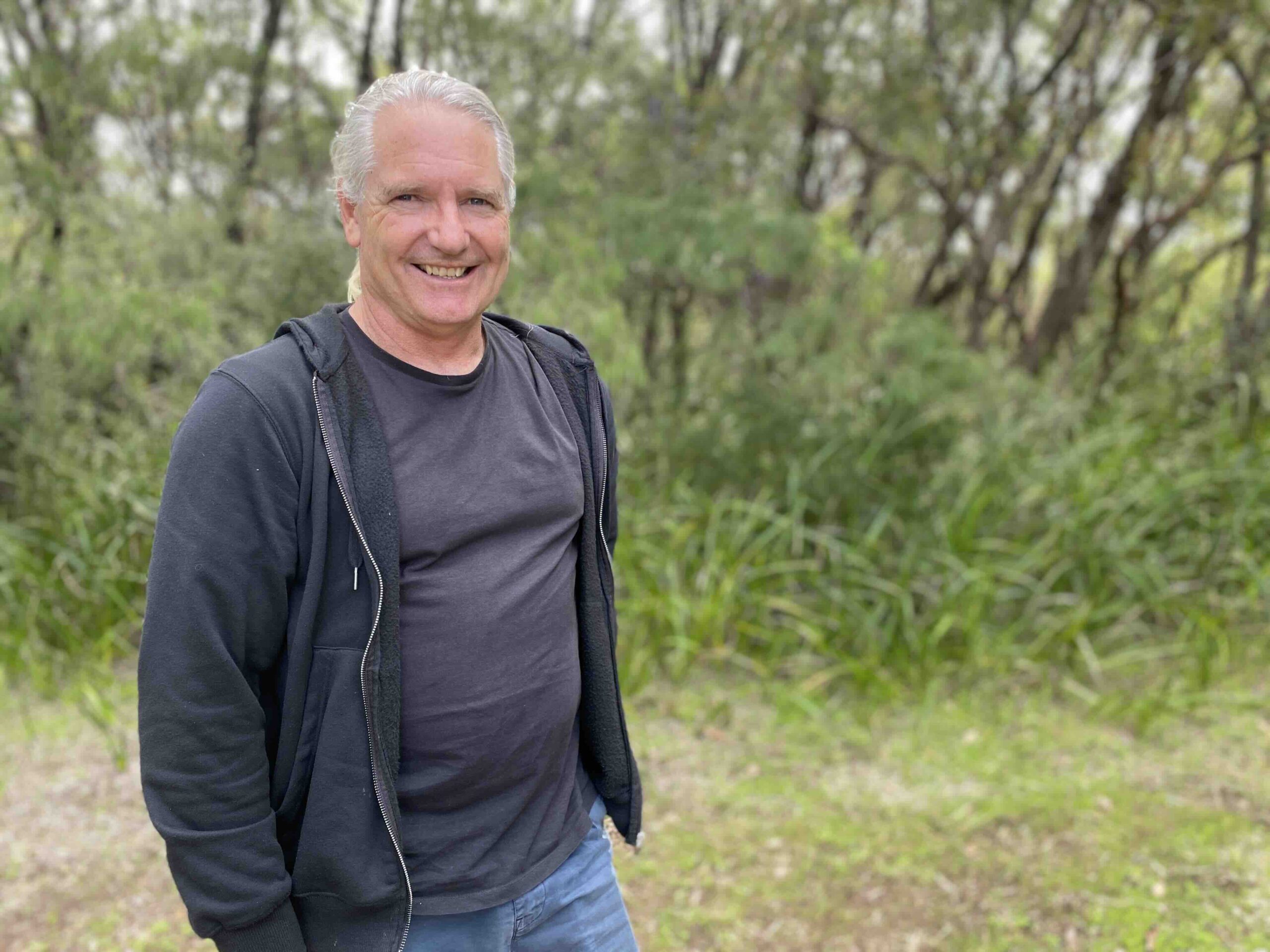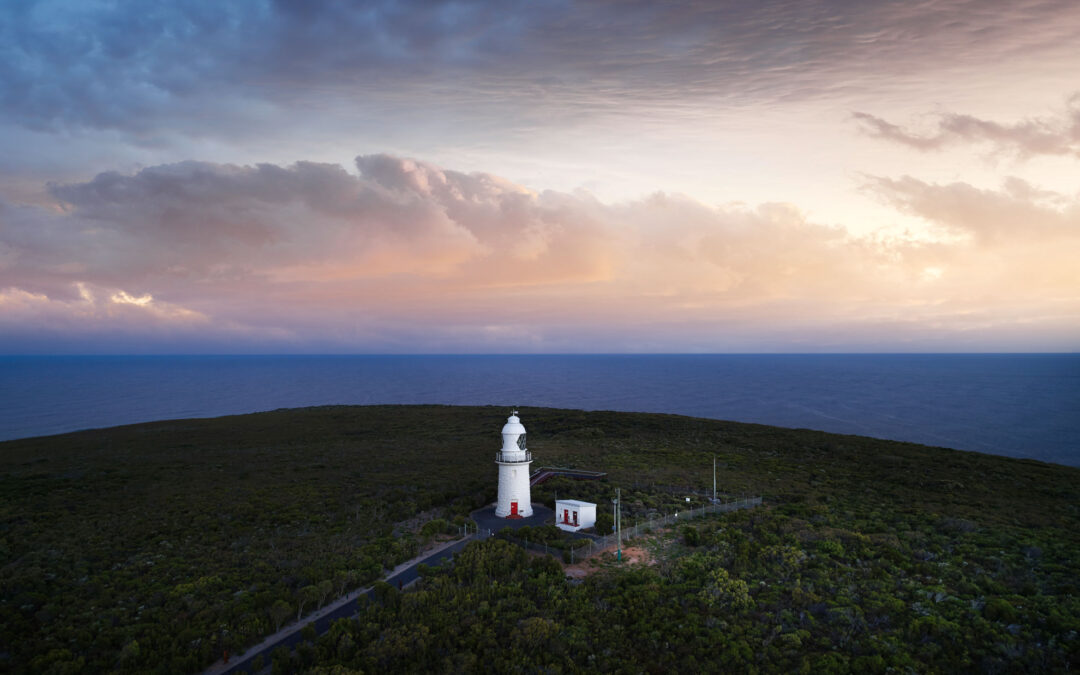A growing groundswell of local landholders is helping to repair and restore the Cape Naturaliste landscape, as the ambitious Cape Naturaliste Conservation Enterprise (CNCE) gains serious momentum.
The grass-roots project — led by the Friends of Meelup in partnership with Nature Conservation Margaret River Region — is now supported by hundreds of private landholders, all working together to protect native plants and wildlife and strengthen the health of this iconic corner of the South-West.
With funding from the WA Government’s State Natural Resource Management Program secured until 2027 and supported by the Line in the Sand philanthropic group, the CNCE is delivering real, on-ground impact across both public and private land after 18 months of operation.
The project subsidises the cost of weed and feral animal control, revegetation, and fencing of creek lines and bushland, helping landholders act for the environment while maintaining productive, healthy properties.

Nature Conservation’s CNCE coordinator Mandy Polley said the response from the community has been overwhelming. “It’s been incredible to see how many people have jumped on board,” she said. “This is truly a community-led effort — landholders, volunteers, and partner organisations all working together for a shared vision of a thriving, connected natural landscape.”
The CNCE covers around 40 kilometres of Cape Naturaliste coastline and its hinterland, aiming to create one of Australia’s leading examples of landscape-scale conservation on mixed tenure land.
“It’s about thinking big — connecting habitats, improving biodiversity, and working together across boundaries,” Mandy said. “Every landholder who takes part helps strengthen the bigger picture.”
Already, the project is showing what can be achieved when community passion meets coordinated action. Richard and Kylee Bennett are no strangers to getting their hands dirty to rid their Cape Naturaliste property of weeds.
“Since we bought the property, we’ve been pulling broom (a problem weed) in the paddocks and creek, and controlling arum lilies,” says Richard. “We still have blackberry and other weeds on the creek that we want to remove. We feel like caretakers of this land and want to leave it in a better condition than what we found it.”

Richard Bennett working on protecting Meelup Brook as part of the Cape Naturaliste Conservation Enterprise
Meelup Brook runs through their property — a beautiful creekline that winds through farmland before flowing into Meelup Regional Park and finally reaching the sea at Meelup Beach.
The Bennetts are one of 15 private properties, covering nearly 400 hectares, that have signed up for invasive weed control this year through the CNCE. Landholders are targeting problem species such as arum lily, broom, blackberry and weedy wattles, helping restore key ecological corridors that link the coast to the forest.
At Eagle Bay Olives, owner Julie Izett says the surrounding bushland has “a very special presence that can be felt by anyone who visits.”
“The quietness, the birdlife, the bees, the majestic trees — we feel very privileged to live in a place with such biodiversity, and our aim is to maintain the balance,” Julie said.
Julie and her team are working to plant new corridors of native shrubs and trees, replacing those that have suffered in the hot, dry conditions of recent years. They’re also tackling invasive weeds within the property’s bushland to help protect the area’s rich ecology.
She encourages other landholders to get involved too. “Get on board with the arum lily program to eradicate the species, and the regeneration program to replace trees lost each year to climate change and age,” she said. “It’s been great to be supported by the CNCE and to learn more about the bushland surrounding us.”
For landholder Francis Loutsky, whose property adjoins Leeuwin-Naturaliste National Park, the joy lies in watching the land heal.
“I love the parts of my property that are habitat for the local animals — the peppermint and marri trees that house phascogales and possums, and all the amazing birds,” Francis said. “It’s rewarding to see the rehabilitation process develop over time, with every year looking greener.”

Landholder Francis Loutsky is doing his bit as part of the Cape Naturaliste Conservation Enterprise
Francis is steadily transforming his four-acre property, budgeting each year for both weed management and revegetation. “I realised early on that pest control, like tackling arum lily, needed continuous background effort, so I make sure to always allocate resources to that. The planting is more rewarding — and more fun — so I set aside money and time every year to extend the stands of trees into the cleared space.”
He believes in balancing both sides of the work — the practical and the inspiring. “Keep two streams going: the less immediately gratifying annual pest control, and the fun replanting,” he said. “Connecting with others through the CNCE has made it much easier to coordinate with neighbours and share the load. Talking to others about rabbit and fox control, for example, makes the work seem less daunting.”
Across the Cape Naturaliste landscape, stories like these are multiplying — from coastal headlands to farmland creek lines and inland bush blocks — as people come together to restore and reconnect their patch of the natural world.
As momentum builds, organisers hope the CNCE will serve as a blueprint for other regions, proving that large-scale conservation can thrive through local collaboration and shared commitment. Find out more at www.natureconservation.org.au/cape-naturaliste-conservation-enterprise/

